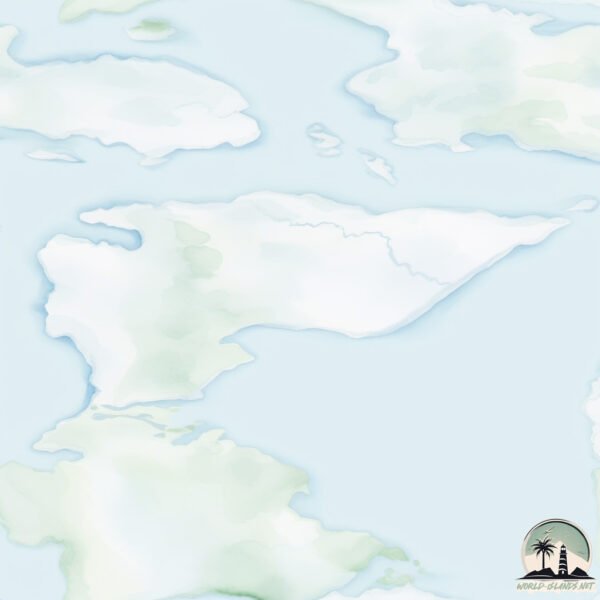Somerset

Welcome to Somerset, a Polar island in the The Northwestern Passages, part of the majestic Arctic Ocean. This guide offers a comprehensive overview of what makes Somerset unique – from its geography and climate to its population, infrastructure, and beyond. Dive into the details:
- Geography and Size: Explore the island’s size and location.
- Climate and Weather: Weather patterns and temperature.
- Topography and Nature: Uncover the natural wonders of the island.
- Infrastructure and Travelling: Insights on reaching, staying, and making the most of your visit.
- News and Headlines: Latest News.
Geography and size of Somerset
Size: 24755 km²
Coastline: 2324 km
Ocean: Arctic Ocean
Sea: The Northwestern Passages
Continent: North America
Somerset is a Giant Island spanning 24755 km² with a coastline of 2324 km.
Archipel: Canadian Arctic Archipelago – A vast and remote region in northern Canada, consisting of a series of large and small islands known for their extreme Arctic environment and unique wildlife.
Tectonic Plate: North America – Covers North America and parts of the Atlantic and Arctic Oceans, characterized by diverse geological features and varying levels of seismic activity.
The geographic heart of the island is pinpointed at these coordinates:
Latitude: 73.28678528 / Longitude: -93.48842595
Climate and weather of Somerset
Climate Zone: Polar
Climate Details: Tundra
Temperature: Cold
Climate Characteristics: The tundra climate features long, extremely cold winters and short, cool summers. Vegetation is limited to mosses, lichens, and small shrubs due to the low temperatures and short growing seasons. Biodiversity is low, but some specialized species thrive.
Topography and nature of Somerset
Timezone: UTC-07:00
Timezone places: America/Denver
Max. Elevation: 471 m
Mean Elevation: 221 m
Vegetation: Sparse Vegetation
Tree Coverage: 8%
The mean elevation is 221 m. The highest elevation on the island reaches approximately 471 meters above sea level. The island is characterized by Hills: Gently sloping landforms with rounded tops, having a maximum elevation between 200 and 500 meters. Hills contribute to a varied landscape on islands.
Dominating Vegetation: Sparse Vegetation
These regions have limited plant growth, typically due to extreme conditions like aridity or poor soils. Vegetation is scattered and consists of hardy plant species. Somerset has a tree cover of 8 %.
Vegetation: 5 vegetation zones – Highly Diverse Island
With five different vegetation zones, these islands offer a rich tapestry of ecosystems. The variety could include dense forests, open meadows, wetlands, coastal zones, and more. This level of diversity supports an intricate web of life, with each zone playing a vital role in the overall ecological health and balance of the island.
Infrastructure and Travelling to Somerset
Does the island have a public airport? no.
There is no public and scheduled airport on Somerset. The nearest airport is Resolute Bay Airport, located 73 km away.
Does the island have a major port? no.
There are no major ports on Somerset. The closest major port is RESOLUTE BAY, approximately 102 km away.
The mean population of Somerset is 0 per km². Somerset is Uninhabited. The island belongs to Canada.
The name of the island resonates across different cultures and languages. Here is how it is known around the world: Arabic: جزيرة سومرست; German: Somerset Island; Spanish: Isla Somerset; French: île Somerset; Portuguese: Ilha Somerset; Russian: Сомерсет; Chinese: 索默塞特岛
Continuing your journey, Prince Leopold is the next notable island, situated merely km away.
Birds, Somerset Island and Thule Ruins in The Canadian High Arctic



Canada is classified as Developed region: G7: Group of Seven – Major advanced economies, including Canada, France, Germany, Italy, Japan, the United Kingdom, and the United States. The level of income is High income: OECD.
News – Latest Updates and Headlines from Somerset
Stay informed with the most recent news and important headlines from Somerset. Here’s a roundup of the latest developments.
Social Media Posts about Somerset
Please note: The data used here has been primarily extracted from satellite readings. Deviations from exact values may occur, particularly regarding the height of elevations and population density. Land area and coastline measurements refer to average values at mean high tide.
